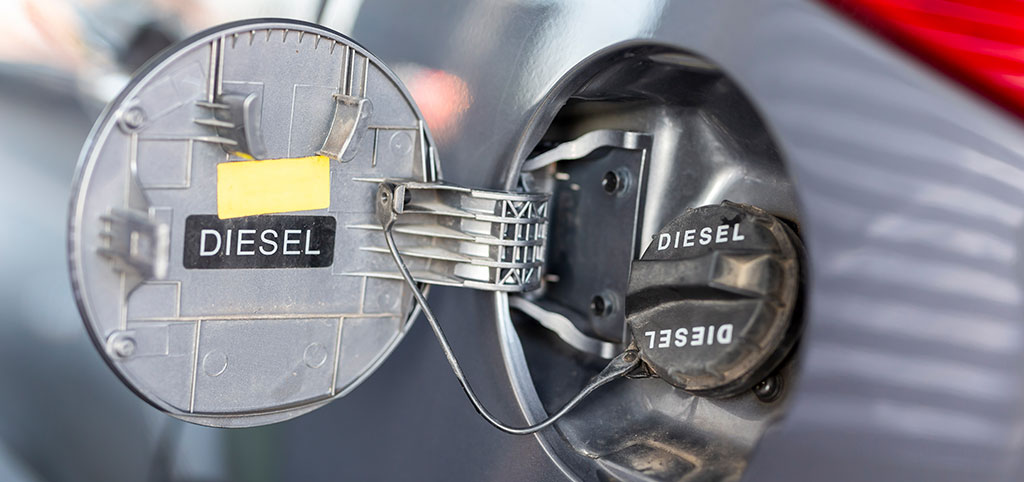Diesel Storage – Proper storage and handling of diesel fuel are crucial for maintaining its quality, ensuring safety, and complying with environmental regulations. Whether it’s for powering generators at electricity generating stations or for emergency and standby power systems, the way diesel is stored and managed can significantly impact its performance and the longevity of the equipment it powers.
Sizing and Installation of Diesel Storage Tanks
- Sizing According to Usage: The size of a diesel storage tank depends on factors like the emergency power supply system (EPSS) classification. For example, a Class 48 EPSS, expected to operate for 48 hours without refuelling, will require a tank size calculated based on the hourly fuel consumption rate.
- Installation Best Practices: Tanks can be installed above ground, underground, within a storage tank vault, or within a storage tank building. Each installation type has specific requirements for emergency relief venting, spill control, and fire suppression.
Fuel Handling and Maintenance
- Regular Fuel Quality Checks: Regularly monitor the quality of stored diesel to prevent contamination and degradation. This includes checking for water, microbial growth, and particulate matter.
- Fuel Transfer Systems: Use appropriate fuel transfer systems, like positive displacement gear pumps, to move fuel from the bulk tank to the day tank. Ensure that the total suction lift and friction head in the suction line are within acceptable limits.
- Preventative Maintenance: Implement a regular maintenance schedule for storage tanks and fuel handling systems. This includes cleaning, inspecting, and repairing components as needed.
Effective diesel storage and handling are about more than just keeping fuel in a tank. It involves understanding the properties of the fuel, choosing the right storage solutions, ensuring safe and efficient fuel transfer, and maintaining the quality of the fuel. By adhering to these best practices, you can maximize the efficiency and safety of your diesel storage and handling processes, contributing to the smooth operation of your diesel-powered systems.




